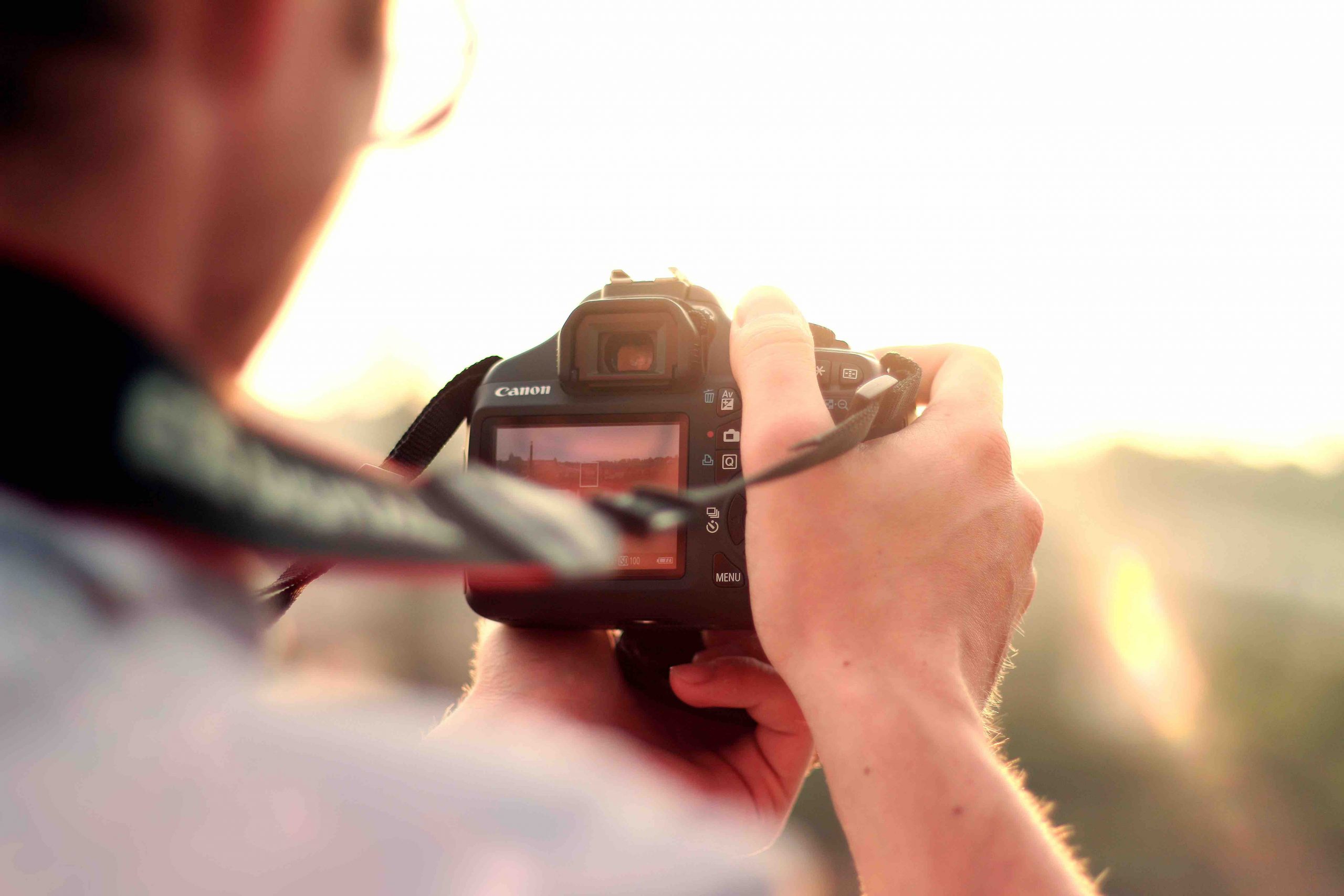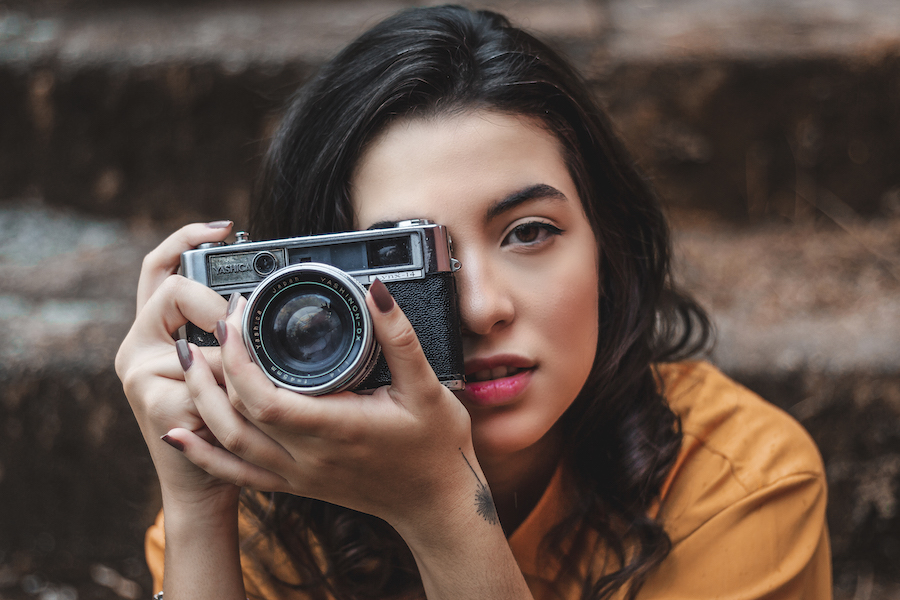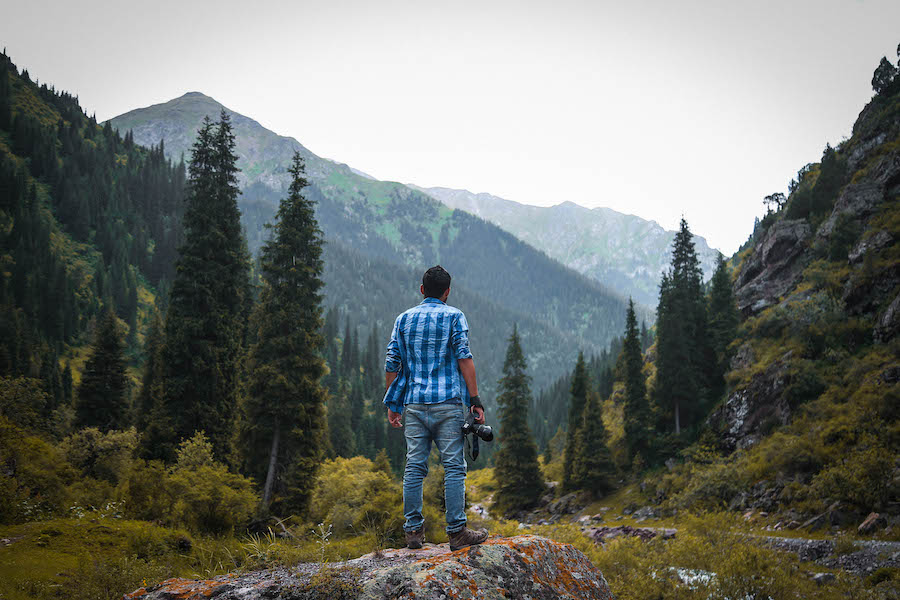If you are a photographer and have long wanted to begin your own business, you have probably thought about buying additional equipment. It’s not as complicated as it might seem at first glance, because the most important thing is to get started. By the way, if you are a beginner and want to learn more about some equipment, we recommend reading Skylum’s blog. For example, there you will find an interesting article that discusses in detail what is a lens hood with practical tips.

Yes, at the early stage you will have to make some expensive purchases that will hit your budget, but then you will grow and be able to afford more. Today we are going to give you a list of the basic devices that a beginning photographer needs to start a business.
The beginning of a creative path
Today we will try to tell you how you can get the most out of your photographic equipment. We think that our tips will be useful to many people. Mainly, of course, for those who do not have the opportunity to buy expensive and diverse photographic equipment from various prestigious manufacturers in the first stages of work.
Remember that you will have to work a lot with the photo editor. It’s especially difficult for newcomers to get a handle on Adobe software. We recommend you try Luminar Neo with its AI-based professional editing toolset and simpler interface.
Attention to camera
A good camera should be like an extension of the photographer. It should be used effortlessly to make shooting as easy as possible. So, which camera should you choose? The best choice to start with for many photographers is an entry-level DSLR or a mirrorless digital camera. The difference between these two types of cameras is that the first cameras have a viewfinder based on a mirror behind the lens. Mirrorless cameras have no mirrors, which makes them smaller and lighter.
There’s nothing wrong with using a camera you already have, even if it’s a smartphone camera. You can take great pictures with any equipment, as long as you know its limits and capabilities.
Choosing a lens
Some photographers use the lenses that come with their cameras. Others buy their cameras and choose lenses separately. But either way, a lens is essential. You should consider the options and prioritize for yourself, from most to least important:
- Zoom lenses. These are fairly versatile lenses, using them will give you a clear idea of what special lenses to buy in the future.
- Fixed focal length lenses. They are especially good for portraits.
- Telephoto lens. This type of lens allows you to photograph distant subjects, which may be necessary when photographing wildlife or sports, although not all photographers need this feature in the first place.
All photographers have different lens requirements. No one size fits all, which is why manufacturers offer hundreds of different options.

Don’t forget the memory card
It stores photos and allows you to transfer them from your camera to your computer. Memory cards are important for any photographer. The first characteristic that affects the choice of a good memory card is its capacity. You will need a card that can hold a lot of photos. This is especially important for wildlife, sports, and travel photographers.
An equally important characteristic is the speed at which the card can be read. Fast memory cards have several advantages, and one of the biggest is that they minimize the time your camera spends buffering.
Camera bag and strap
Unlike cameras or lenses, camera bags are simple. The choice is mostly made with common sense – if the bag is comfortable and it fits your equipment well, take it. However, you have to choose the right one from the start. Don’t forget a good camera strap. If you end up carrying your camera on you for long periods, the standard strap that comes with your camera probably won’t be very comfortable.
Tripods and filters
Tripods are incredibly valuable to many photographers. The degree of importance of using a tripod, of course, depends directly on the subject. The truth is that all tripods have tradeoffs. For example, if you want a light tripod, you have to sacrifice stability. A more stable specimen will have a decent amount of weight, and yes, the price may be higher than you expected to spend.
Filters are placed directly in front of or behind your lens. They can be used to change the light the camera captures. They are an important part of photography, although you may not need as many filters as you think. There are several types of filters. For example, there are special clear filters that are designed to protect the lens. Good transparent filters are quite expensive, but poor-quality filters will significantly reduce the quality of your photos.
The flash is a must-have
The flash is essential for many types of photography. It is important if you want to shoot people in dark conditions, to control the light when taking pictures. It’s also a good way to brighten dark shadows, even during the daytime, such as when shooting on the beach.
Many cameras have pop-up flashes, but you can also buy a separate one. These models are usually more powerful and easier to control the light with. People who work in landscape or architectural genres need flash much less often, unlike portrait photographers.

Other things
Along with all of this essential camera equipment, there are a few additional accessories to consider as well. Don’t forget about spare batteries and a cleaning kit. You may also need a variety of other accessories, such as remote shutter releases, hoods, and other options. The market for photography accessories is huge.
It is advisable to refrain from buying specialized equipment until you understand what genre of photography you are interested in. If you would like to learn more about what is a lens hood, go to the Skylum website.

